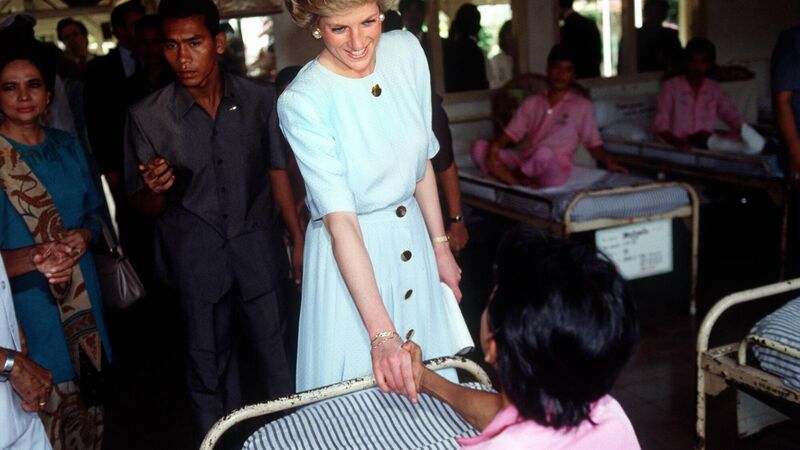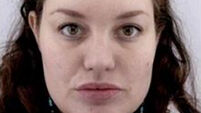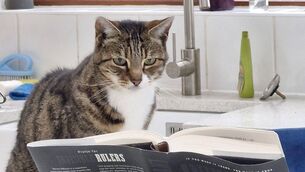Terry Prone: Irish people revel in the contradictions in our attitude to the British royals

The late Princess Diana of Britain shakes hands with a leprosy patient at Sitanala Leprosy Hospital in Jakarta, Indonesia. File Picture: Tim Graham Photo Library via Getty
YOU know that statement, “I’m not a racist, but…”?
How about this for a variation describing hundreds of thousands of Irish people: “I’m not a royalist, but…”? Or “I’m not a monarchist, but…”















